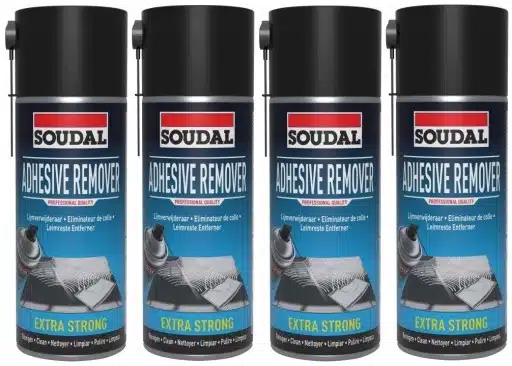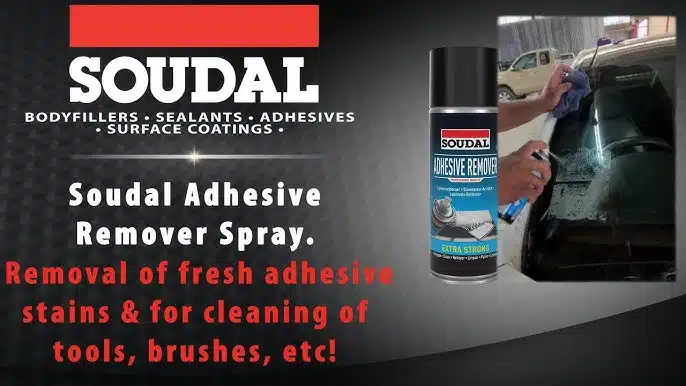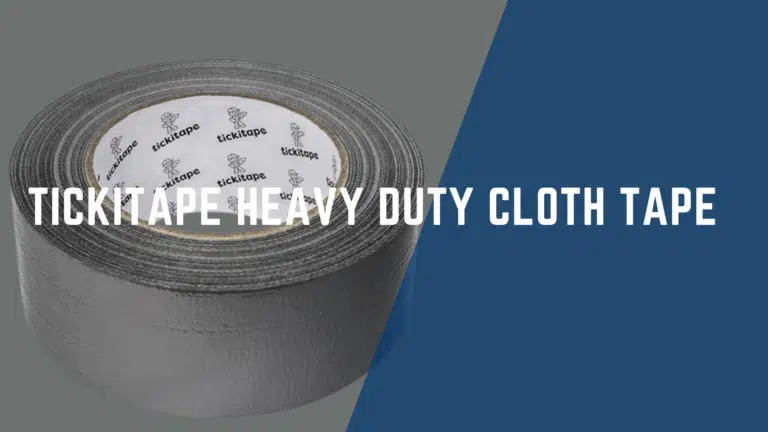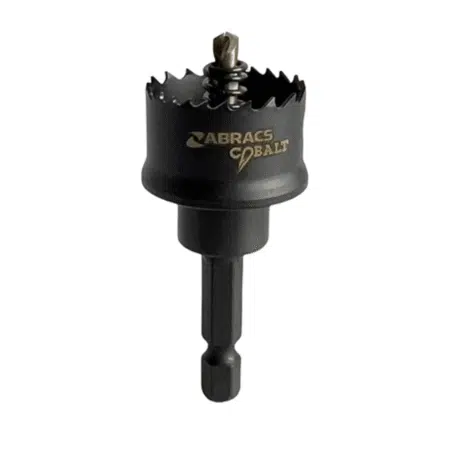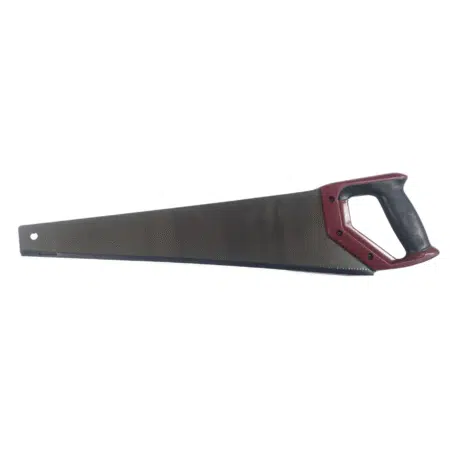Compatibility with your materials can significantly affect the effectiveness of your glue. If you experience issues such as weak bonds or failure to set, the temperature of your environment, the age of your adhesive, and the compatibility between different materials may be to blame. By understanding these factors, you can effectively troubleshoot and resolve glue failures, ensuring that your projects are secure and stable. This guide will provide you with crucial insights to enhance your adhesion success.
Glue Failures Key Takeaways:
- Temperature: Glue often requires specific temperature conditions to set correctly; ensure that the environment is within the manufacturer’s recommended range.
- Age: Expired or improperly stored glue can lose its effectiveness; check the date on the packaging and store glue as per the guidelines.
- Material Compatibility: Not all adhesives work on every surface; confirm that the glue is suitable for the materials you are bonding.
- Surface Preparation: Clean and dry surfaces enhance adhesion; remove dust, oil, and moisture prior to applying glue to improve outcomes.
- Application Method: Applying too much or too little glue can lead to failures; follow the application instructions carefully for the best results.
Understanding Temperature Effects
The temperature at which you use adhesive is vital for its performance. If the temperature is outside the recommended range, glue may not set properly, leading to weak bonds. For optimal glue performance, it’s important to consider environmental conditions such as humidity and airflow as well.
Factors Affecting Glue Performance
| Temperature | Influences curing time and bond strength. |
| Humidity | Affects adhesive curing; high humidity can slow setting. |
| Airflow | May accelerate drying, impacting bond integrity. |
Optimal Temperature Range for Adhesives
The ideal temperature range for most adhesives typically lies between 18°C and 25°C. Within this range, you can expect the best adhesion and curing times, ensuring your projects are successful and durable.
Optimal Temperature Range Details
| Ideal Range | 18°C to 25°C |
| Below Ideal Range | Longer curing times, potential for weak bonds. |
| Above Ideal Range | Risk of faster curing, leading to poor adhesion. |
Impact of Extreme Temperatures on Glue Performance
Adhesives react poorly to extreme temperatures, which can cause failures in adhesion. Excessive heat may lead to rapid drying, while low temperatures can slow the curing process, resulting in weakened bonds. Therefore, maintaining the right temperature is necessary for achieving reliable results.
Extreme Temperature Effects
| High Temperatures | Risk of melting or altering adhesive properties. |
| Low Temperatures | Can cause adhesives to become brittle, reducing effectiveness. |
| Temperature Fluctuations | Can lead to stress on the bond, increasing failure risk. |
Temperature plays a pivotal role in determining adhesive performance. Excessive heat can compromise the chemical structure of the glue, resulting in diminished bond strength, whereas low temperatures can cause adhesives to thicken and become ineffective. Additionally, rapid temperature fluctuations can create conditions that lead to stress fractures in the adhesive layer. For the best outcomes, ensure your adhesive is used within its designated temperature range.
Important Temperature Considerations
| Monitoring Temperature | Ensures optimal glue setting and bond strength. |
| Adjusting Environment | Can enhance adhesive performance significantly. |
The Importance of Glue Age
While you may not realise it, the age of your adhesive plays a significant role in its effectiveness. Over time, glue can degrade, losing its bonding capabilities and resulting in failures. Checking the expiry date or manufacturing date on the packaging can help ensure you are using a viable product. Using aged glue can lead to poor results, wasting your time and resources.
Shelf Life of Common Adhesives
To ensure optimal performance, you should be aware of the shelf life associated with different types of adhesives. Water-based glues typically have a shelf life of around six months to one year, while epoxy resins can last up to two years if stored correctly. Always refer to the manufacturer’s guidelines for best practices.
Signs That Glue Has Expired
Along with checking the date, look for physical changes in your adhesive as indicators of expiration. An unusual smell, separation of components, or a thick, chunky texture are all signs that the glue may no longer be effective.
For instance, if you notice that your glue has developed a foul odour or has become lumpy or discoloured, this is a strong indication that it has expired. Using glue with such signs can lead to unsatisfactory results and may even compromise the integrity of your projects. It’s best to discard expired glue and replace it with a fresh supply to ensure reliable bonding in your work.
Evaluating Material Compatibility
Once again, when dealing with glue failures, evaluating the compatibility of materials is crucial. Different surfaces can react uniquely with adhesives, impacting adhesion quality. Common issues arise from using the wrong type of glue for specific materials, which can lead to weak bonds or complete failure. To ensure success, always verify that the adhesive you choose is suited for your particular applications and the materials involved.
Matching Adhesives to Surface Materials
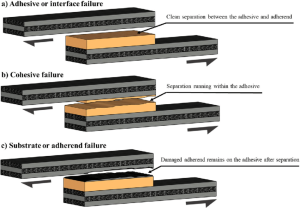
The Role of Surface Preparation
Materials like dust, grease, or old adhesive residue can significantly hinder bonding. Preparing a surface by cleaning it thoroughly can enhance adhesion and help the glue achieve optimal performance. Use appropriate cleaners and abrasives to create a smooth, clean surface for better results.
Surface preparation serves as a foundation for successful adhesion. Failing to clean surfaces may leave contaminants that prevent effective bonding, resulting in a weak connection that could fail under stress. Ensure you select the correct cleaning agents to avoid damaging the materials while effectively removing any unwanted residues. Additionally, lightly sanding surfaces can improve the bonding area, leading to a more robust and durable bond. Investing time in preparation will pay off with a stronger, more reliable adhesion.
Common Glue Types and Their Limitations
To ensure the right adhesive is used for your project, it’s necessary to understand the various types of glue available and their inherent limitations. Common glue types include:
| Glue Type | Limitations |
|---|---|
| PVA Glue | Not water-resistant |
| Epoxy | Requires mixing |
| Super Glue | Brittle in extreme conditions |
| Hot Melt Glue | Can weaken in heat |
| Contact Adhesive | Messy application process |
Recognising these limitations will aid you in selecting the most appropriate glue for your specific needs.
Types of Adhesives
Around various projects, understanding the different types of adhesives is vital to achieving successful bonding. Here are the primary categories:
| Adhesive Type | Common Use |
|---|---|
| Water-Based | Papers and light materials |
| Solvent-Based | Metal and plastic |
| Hot Melt | Crafts and DIY projects |
| Epoxy | Strong structural bonds |
| Polyurethane | Wood and outdoor materials |
Recognising these types will help you select the right adhesive based on your project requirements.
Situational Limitations of Each Adhesive
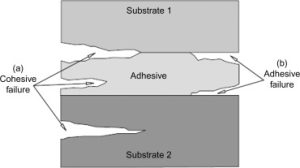
The choice of adhesive significantly affects the outcome of your project. For example, PVA glue is generally suitable for porous materials but fails in wet conditions, while epoxy provides strong bonds but can become cumbersome due to its mixing requirement. Additionally, super glue may be effective for small repairs yet lacks flexibility, potentially leading to fractures. Recognising these nuances will enable you to choose the right adhesive, ensuring optimal bonding and durability for your specific applications.
Troubleshooting Glue Failures
After encountering glue failures, it’s imperative to identify and address the underlying issues that may hinder proper adhesion. Factors such as temperature fluctuations, the age of the adhesive, and incompatibility with materials can greatly impact the setting process. When troubleshooting, take the time to assess your environment and the products you are using to improve your results.
Identifying Common Failure Points
After you’ve assessed your glue’s performance, consider common failure points such as inadequate surface preparation, environmental conditions, or expired glue. Ensuring surfaces are clean and dry, as well as using the appropriate adhesive for your materials, can significantly enhance adhesion. Additionally, be mindful of storage conditions that may affect the adhesive’s shelf life.
Effective Solutions for Common Problems
By addressing the most prevalent issues, you can improve your glue’s effectiveness and performance. Begin by ensuring the surfaces are correctly cleaned and prepared. Additionally, check the glue’s expiry date and consider the temperature during application, as extremes can hinder adhesion.
Plus, you should always store your glue in a cool, dry place to preserve its longevity. If working with non-porous materials, you can enhance adhesion by using a primer or surface activator to facilitate a better bond. If you are using a product that’s past its expiration, it’s advisable to dispose of it to avoid potentially hazardous bonding failures. Ensuring the correct conditions and materials will significantly boost your projects’ success rate.
Best Practices for Successful Adhesion
Keep your projects on track by ensuring optimal bonding conditions. Always clean surfaces thoroughly to remove any dust or contaminants that could hinder adhesion. Understand the temperature requirements for your chosen glue, as extreme heat or cold can significantly impact its effectiveness. Following the manufacturer’s instructions for application will greatly enhance your chances of success.
Storage and Application Tips
Adhesion is highly influenced by how you store and apply your adhesive. Keep these tips in mind:
- Store adhesives at the recommended temperature.
- Check the expiry date regularly.
- Keep containers tightly sealed to prevent contamination.
After following these guidelines, your adhesive should perform optimally.
Preemptive Measures to Avoid Failures
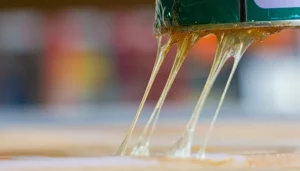
Understanding the environment in which you work can be just as important as the adhesive itself. For instance, optimal temperature ranges help activate the glue’s bonding properties effectively. In high humidity, consider using adhesives specifically formulated for damp conditions. By recognising these factors, you can mitigate the risk of failures and ensure a strong, lasting bond, enhancing the success of your projects.
To wrap up
Ultimately, troubleshooting glue failures involves addressing factors such as temperature, the age of the adhesive, and material compatibility. You should ensure that your working environment is suitable for the adhesive being used, as temperature can significantly affect setting times. Additionally, check the expiry date of your glue, as expired products may not perform reliably. Lastly, always verify that the materials you are bonding are compatible with the adhesive; mismatched materials can lead to poor adhesion. By closely examining these aspects, you can enhance the effectiveness of your glue applications.
Glue Failures FAQ
Q: What temperature range is ideal for glue to set properly?
A: Most adhesives perform best at room temperature, typically between 15°C and 25°C. If the temperature is too low, the cure time may be extended considerably, while excessively high temperatures can cause the glue to dry too quickly, leading to improper bonding. To ensure optimal setting conditions, always check the manufacturer’s specifications and, if necessary, create a more suitable environment by using heaters or fans to regulate temperature.
Q: How can I tell if my glue has expired, and what should I do if it has?
A: Expired glue often shows signs such as a change in colour, a thicker consistency, or a separation of components within the tube. If the glue does not blend smoothly after a good shake or stir, it is likely past its usable date. In this case, it is best to dispose of the expired product safely and replace it with a new batch to achieve reliable adhesion. Always check the expiry date before starting your project.
Q: How can I determine if the materials I am using are compatible with the glue?
A: Material compatibility can usually be checked through the manufacturer’s guidelines, which provide information on which surfaces can be bonded effectively. Certain materials, like plastics or metals, may require specific adhesives or surface preparation techniques such as sanding or priming. Conduct a small test on a sample piece if unsure, and ensure that the glue can form a strong bond without adverse reactions. If combining materials with known issues, consider consulting with an adhesive specialist for tailored advice.


